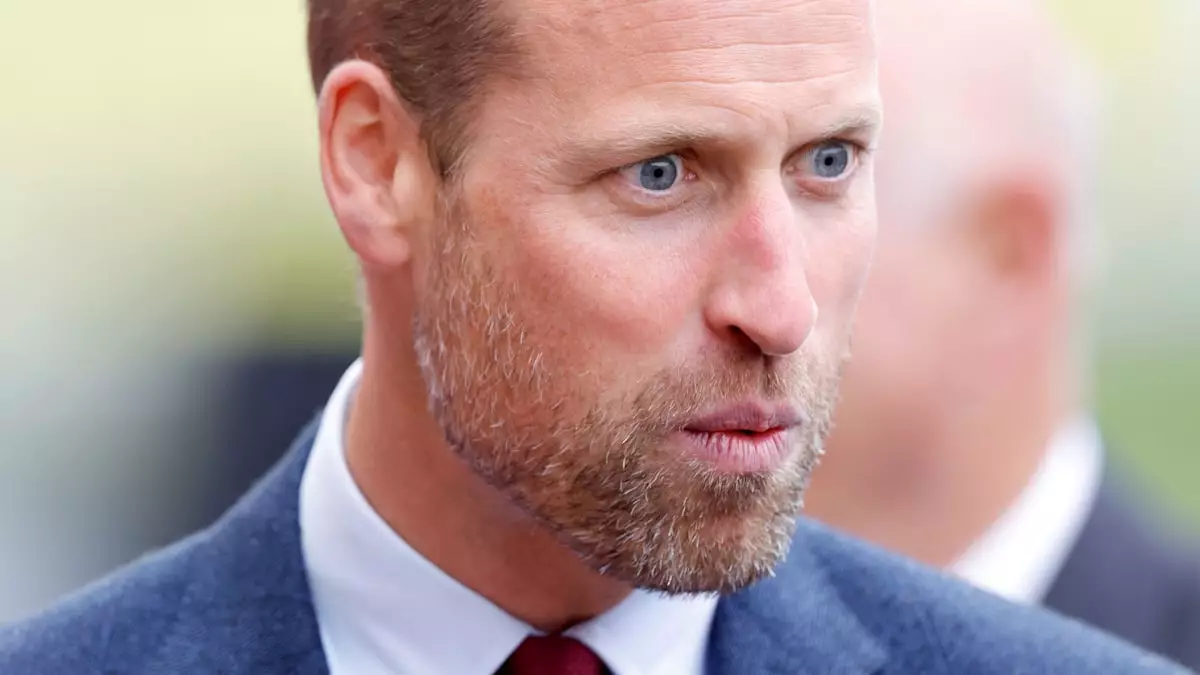In the world of celebrity influence, few events have the power to propel trends in the same way as a royal sighting. This summer, Prince William made headlines not only for his public engagements but also for his unexpected embrace of a disheveled beard. While personal reactions to his scruffy look varied—his daughter, Princess Charlotte, reportedly didn’t approve—this bold choice sparked a nationwide fascination. More notably, it birthed what is now famously known as the “Prince William effect.” This phenomenon has significantly increased the demand for beard transplants, fundamentally altering the landscape of men’s grooming.
Initial reactions to Prince William’s unkempt appearance varied widely among his fan base. Some applauded his relaxed demeanor, contrasting with his usually polished image. For many, his beard represented a shift towards a more relatable and authentic royal personality. However, the response included a touch of humor and even familial discontent, as reports suggested that Princess Charlotte might have been less than thrilled with her father’s rugged look. Still, the public’s overall sentiment leaned positive, demonstrating the shift in societal norms regarding male grooming and facial hair.
The royal family’s influence on fashion and grooming trends is sneaky but powerful. Historically, the hairstyles, fashions, and appearances of royals have inspired anything from clothing lines to skincare products. Prince William’s facial hair was not merely a personal choice; it served as a catalyst for men everywhere to reconsider their grooming routines.
The Surge in Beard Transplants
Reflecting on this trend, hair transplant clinic Estenove reported a staggering threefold increase in demand for beard transplants since the royal revelation. Murat Alsac, co-founder of Estenove, emphasized that men are increasingly curious about the procedure, which offers a solution to those struggling with facial hair growth. As Alsac noted, the surgery that was once shrouded in mystery has become a viable option for anyone looking to enhance their beard’s fullness and appearance.
Remarkably, such surgeries, which harness advanced medical techniques, have achieved a high success rate. Typically, the process lasts between three to five hours and is performed under local anesthesia. The solution is both effective and minimally invasive, attracting attention from men who might have previously been discouraged by their grooming struggles. The procedure involves extracting hair follicles from a donor site (often the back of the head) and implanting them in areas of the face that either lack hair or appear patchy. Costing around £2,700, the investment has proven worthwhile for many men aiming for that rugged aesthetic embodied by Prince William.
While beard transplants have gained popularity, they shed light on a more substantial issue affecting many men: the challenges in growing facial hair. Genetic factors often determine hair growth patterns, with another common complaint being the uneven distribution of hair density. These challenges can lead to feelings of self-consciousness and pressure to conform to masculine standards of attractiveness. The growing awareness surrounding beard transplants provides hope, allowing men to regain confidence in their appearance.
As Alsac pointed out, the technology employed in these procedures has seen substantial improvements, enabling more tailored results based on individual preferences. Whether a man desires a sculpted jawline or a thick, bushy beard, modern methods can deliver outcomes that look inherently natural.
The ripple effects of Prince William’s casual decision to grow a beard extend far beyond the immediate social media buzz. They represent a transformation in how masculinity is perceived and expressed. The allure of ruggedness, authenticity, and the desire for a personalized grooming experience can, in part, be attributed to this royal trendsetter. As the fascination with facial hair continues to grow, one can’t help but ponder how Prince William feels about his newfound role as a beacon of beard inspiration.
In an era where personal appearance and self-expression have never been more critical, the “Prince William effect” serves as a reminder that even the smallest changes can have monumental impacts. This summer, with a simple choice of facial hair, a royal figure altered not only public perceptions but also the very fabric of men’s grooming practices in a way previously unimaginable.

